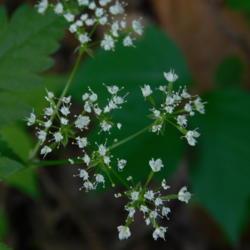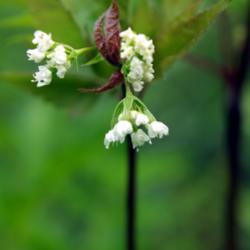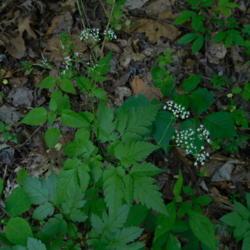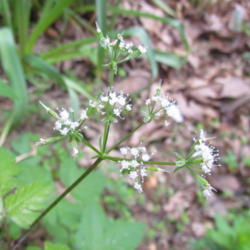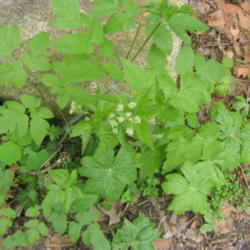| Plant Habit: | Herb/Forb |
| Life cycle: | Perennial |
| Sun Requirements: | Partial Shade to Full Shade |
| Water Preferences: | Mesic |
| Minimum cold hardiness: | Zone 4a -34.4 °C (-30 °F) to -31.7 °C (-25 °F) |
| Plant Height: | 2-3 feet |
| Plant Spread: | 2 feet |
| Leaves: | Deciduous Fragrant |
| Fruit: | Other: Long bristly seeds (schizocarps) that can stick to hair, clothing, or fur |
| Fruiting Time: | Summer |
| Flowers: | Showy |
| Flower Color: | White |
| Bloom Size: | Under 1" |
| Flower Time: | Late spring or early summer |
| Underground structures: | Taproot |
| Uses: | Will Naturalize |
| Edible Parts: | Stem Leaves Roots Seeds or Nuts Flowers |
| Eating Methods: | Tea Culinary Herb/Spice Raw Cooked |
| Wildlife Attractant: | Bees |
| Propagation: Seeds: | Self fertile Stratify seeds: 2 months cold moist treatment Suitable for wintersowing Sow in situ |
| Pollinators: | Moths and Butterflies Flies Bees |
